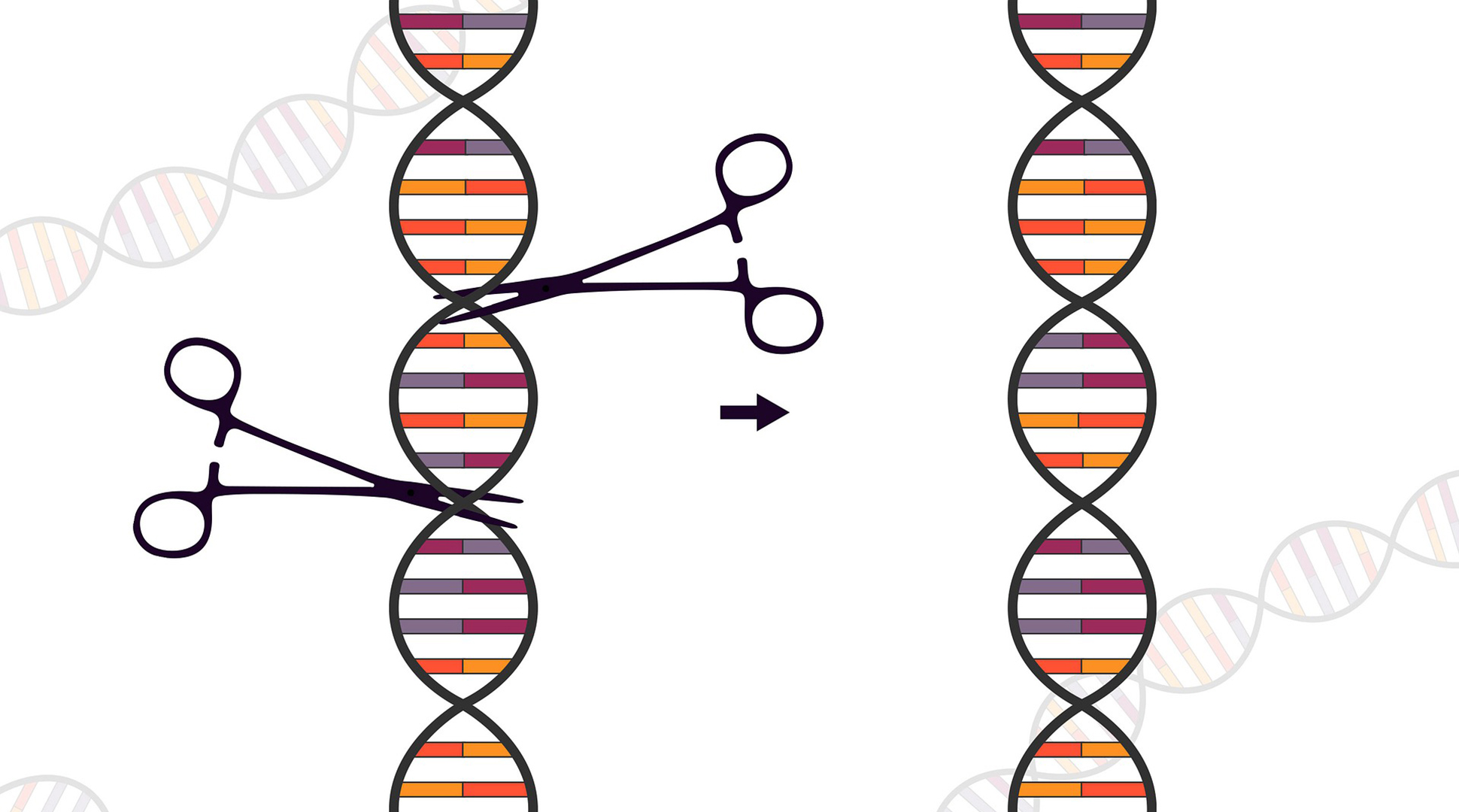Image by LJNovaScotia from Pixabay
By Terri Moore, AFBF
Did you hear the news? The Food and Drug Administration is on the cusp of approving a breakthrough in human health that may have profound implications for agriculture.
It’s the first medical therapy that uses gene editing to treat a disease. It was successfully used to treat sickle cell disease and prevent the excruciating pain that sickle cell patients experience. It worked in 29 of 30 patients over 18 months, according to the FDA. The results were so convincing that a committee of independent FDA advisors – trained to be skeptical – reportedly praised the treatment, which opens the door for FDA approval.
So, what does this have to do with agriculture? Everything.
Gene editing is a method of selective breeding, a practice as old as our need to grow our own food. Farmers have always bred crops and animals to draw out traits that make them more wholesome and sustainable. Gene editing allows breeders to speed up nature’s process by making changes to plants and animals more precisely than through conventional plant breeding methods. It can unlock tremendous benefits for consumers and the environment, helping farmers grow healthier, more sustainable food.
How is food made healthier by gene editing? It can remove allergens, reduce saturated and trans fats, and enrich nutrients in popular crops and commodities, such as peanuts, eggs and wheat. For the environment, scientists use gene editing to breed crops resistant to disease, drought and insects, allowing farmers to reduce pesticide use and conserve water. On the animal health front, gene editing can eliminate the threat of diseases like PRRS (a devastating illness in pigs), create natural immunity to other diseases, and improve the overall health of livestock, reducing the need for antibiotics.
A great example of the benefits of gene editing in agriculture is the widely held belief among scientists that gene editing is the solution to save a popular variety of bananas. Why? Because a deadly fungus is plaguing the crop. As a Nature.com article reports, gene editing might be the banana’s only hope. Researchers are using the gene editing tool to boost the fruit’s defenses and prevent its extinction. By the way, if you like oranges and orange juice, you might want to look into reports that gene editing may save the day to stop citrus greening, too, when no other solution exists.
Now you begin to see why scientists, farmers, nutritionists and environmental advocates have all been eager to welcome the advancements that gene-editing can bring.
That said, we’ve learned an important lesson about consumer acceptance. It doesn’t matter how beneficial a particular technology might be if consumers don’t trust it. Consumer skepticism is understandable. As a mom, I’m skeptical when anyone tells me what is or isn’t good for me or my kids. Ready to connect the dots?
That’s the beauty of the FDA research into the benefits of gene editing to human health.
Extensive consumer research shows that connecting the technology to human health benefits eases or eliminates concern about the technology’s use in food. You can find a plethora of information on BestFoodFacts.org. It includes a great 3-part video series about the potential of gene editing. In part 2, we meet Shakir Cannon, who had battled sickle cell disease his entire life and was a passionate advocate for a gene editing tool called CRISPR to save lives. Sadly, Shakir passed away before we reached this moment when FDA is nearing approval of the technology. We can all honor Shakir’s passion by advancing a greater understanding of the potential of gene editing to transform lives…and crops. Let’s seize this moment.
Terri Moore is vice president of communications at the American Farm Bureau Federation.
